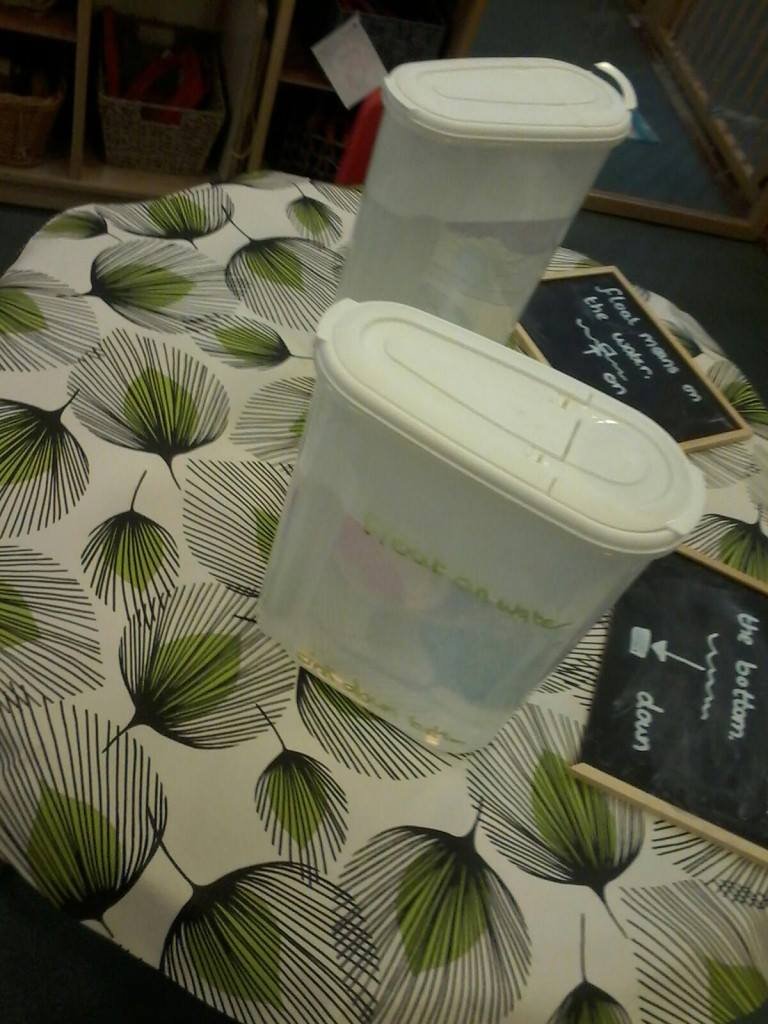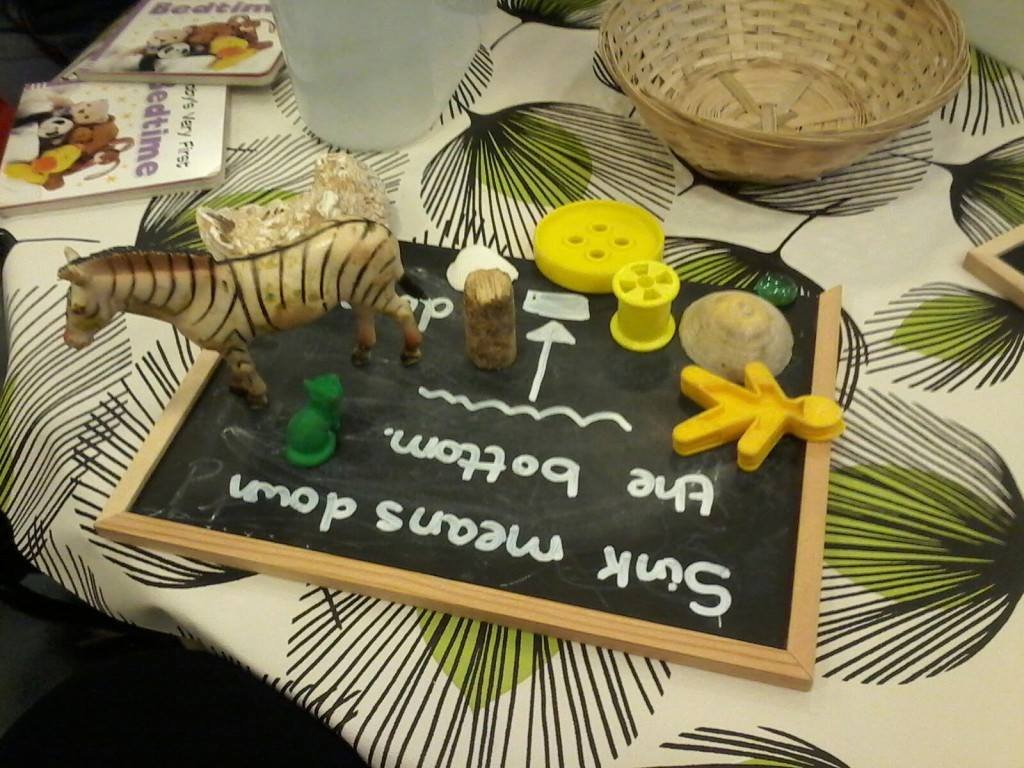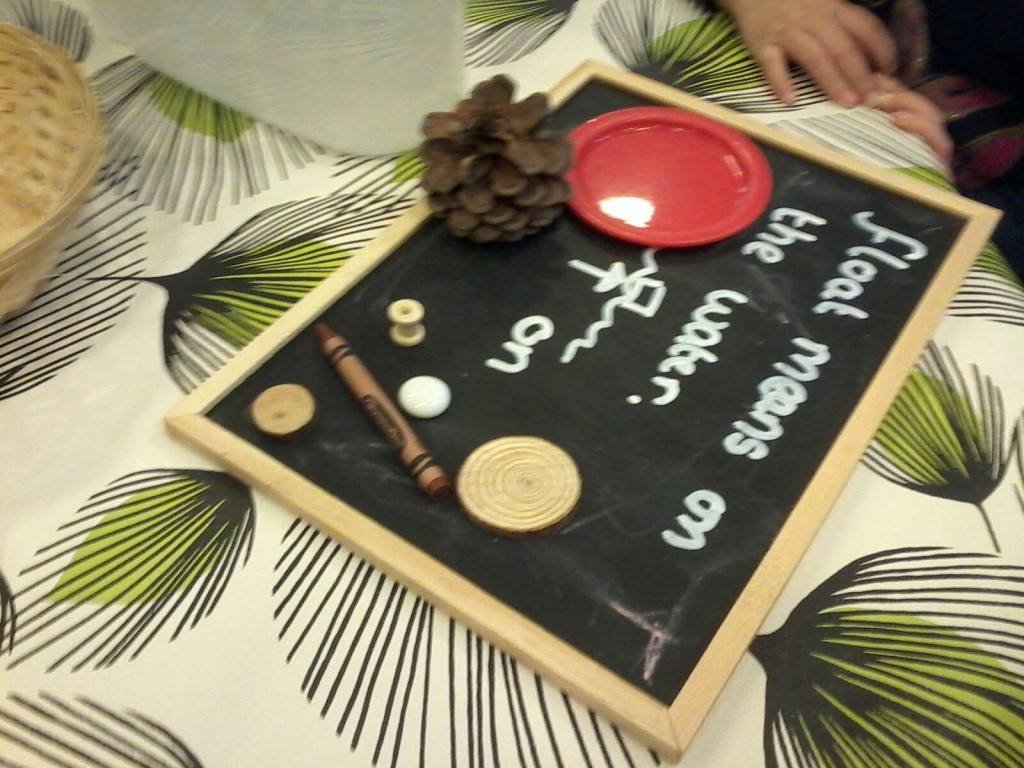15 Water Play Activity Set Ups
Water play is a fantastic way of supporting children’s development and learning that is fun, exciting, and engaging for children. It also does not have to be elaborate and can be done on a budget. This blog post contains 15 simple water play activities that are easy to set-up in an early years setting or even at home.
1. Add sponges and loofahs to water play – This activity is great for developing those muscles in their hands that is crucial for early writing. It also provides the children with a different sensory experience.
2. Add different size containers and bottles from the recycling bin – This is a great way to develop hand-eye coordination as they practise pouring from on container to another. Children will also be developing a simple understanding of capacity.
3. Water balloon painting – Fill water balloons with coloured water and throw them at a canvas or sheet of paper. Great for exploring colour and making marks and developing their gross motor skills.
(Example, of a tea making tray from my own experience. )
4. Have a tea party – Set up a cup of tea tuff tray. Have cups, saucers, teapots, milk pots, sugar bowl and teaspoon and teabags. Great for supporting early mathematical skills, hand-eye coordination, understanding of measuring and capacity e.g., half water half milk.
5. Add tubing and guttering to water play to explore movement – Adding tubing and guttering as loose parts for children to explore and arrange how they like can support problem-solving. It will also really engage those children who are in the trajectory schema and are interested in the movement of themselves and other objects.
6. Splat the sound – Write sounds on the playground floor. Fill up water balloons and get the children to say the sound as they splat it. To adapt it for phase one phonics you can have a picture and you need to do the sound it makes, e.g., tick tock for a clock.
7. Add water animals – Add animals to the water tray to support children’s small world play and development of imagination. You could die spaghetti green and use it as seaweed, add stones etc for scenery.
8. Float or sink – I personally love to use a plastic see-through cereal container for floating or sinking. As it helps to illustrate to the children floating and sinking well, as it is much clearer to see sinking goes down to the bottom and floating means sitting on top of the water. Collect a different range of objects. Support children’s STEM skills encouraging them to make predictions, talk about their observations and share ideas with others.
9. Painting with water – Is a mess free way of exploring large scale mark-making. Whether it be on the outdoor walls, fence, or flooring. Think about allowing water painting on different surfaces and angles, e.g., under an outdoor table, laying on the floor or painting on a fence as this will support the development of those all-important elbow pivots and gross motor skills. You can also add different size brushes, rollers, add natural paintbrushes e.g., lavender on the end of a stick or sponges.
10. Potion mixing – Have a range of different pots, pestle and motor, spoons, different coloured water, flowers/greenery, collected petals and have fun mixing potions. Fantastic for developing children’s imagination and creativity as they think of ideas and develop their own interests. Rich in mathematical learning, and a great sensory experience.
11. Bathing toy babies – This is a lovely activity for children to extend on their role-play. As they bath wash and learn to look after their babies. Extending it with having towels and clothes ready to also dry and wash their babies.
12. Paint them, clean them – This is always a firm favourite especially for children who are in the enveloping schema (who like to paint a lovely picture then cover over their carefully painted picture). Simply have different items they can paint, e.g., the tray below has vegetables, but it could be plastic animals or anything of their interest. They get to paint them and then have a bowl of water and clothes next to it, so they can then wash them afterwards.
(Photo taken at Brakey Woods Parent and Child Nature Group)
13. Syringe and pipette play – This is fantastic for supporting fine motor skills, and for developing an interest in the movement of water. You can also add small piping to learn about force and movement through the tubes.
14. Coloured water – Enhance the mud kitchen with different coloured water as the children mix and make their wonderful mud creations.
15. Uh-oh there are holes in the bottles – This is a great one for younger children who are developing their problem-solving and curiosity. Simply collect lots of plastic bottles clean them out and add holes in different places and sit back and watch the children work it out.






